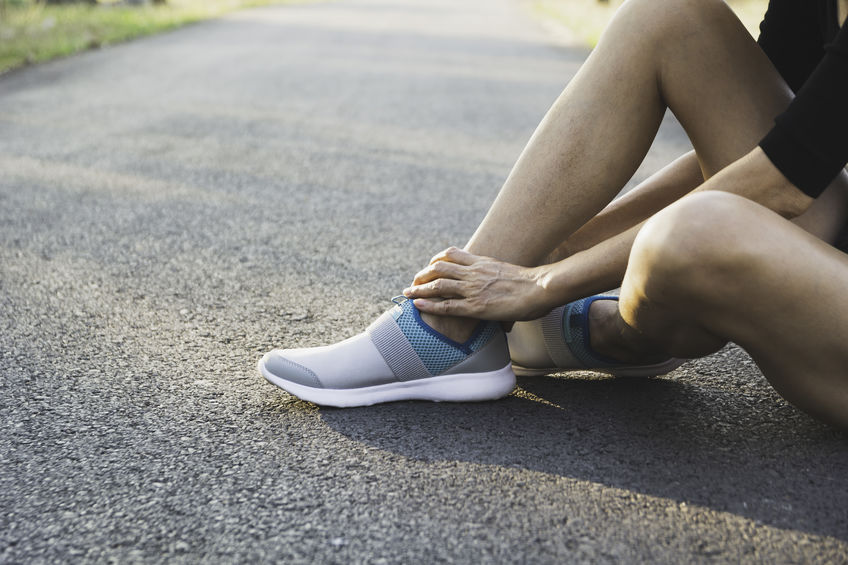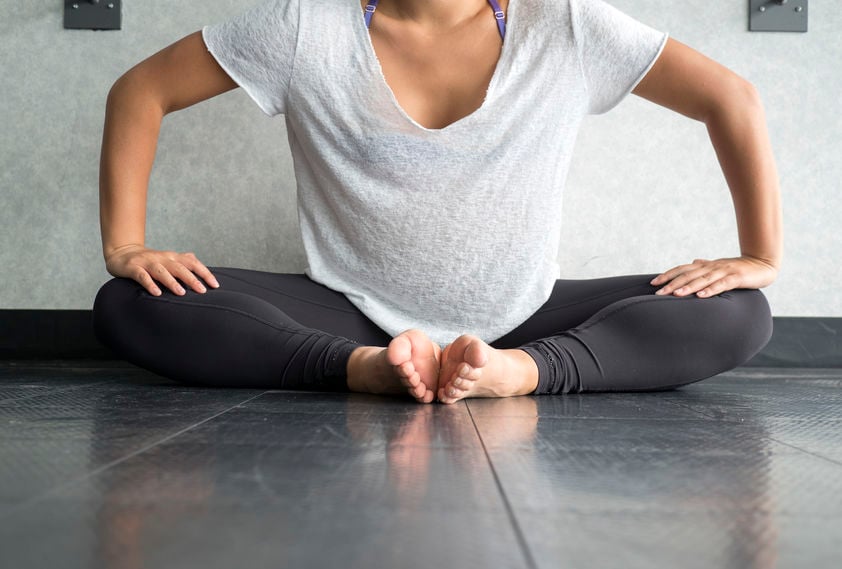The Role Exercise Plays With Arthritis
Knee pain may occur due to many reasons such as trauma, injury, degenerative condition, aging, or repeated stress. Arthritis is an example of a degenerative condition where the cartilage in the joints begins to wear down. Besides medications and surgeries, knee pain and arthritis can be improved by conservative treatments such as exercises and stretching. Exercise and stretching can improve muscle strength and flexibility, lessen joint pain, and improve the overall quality of life.
Types of exercises
Mild to moderate exercises can help reduce the pain and strengthen the muscles. The common exercises that patients can try include aerobic and strength exercises. Aerobic exercises help to improve the heart rate and these include activities such as walking, cycling, and swimming. Strength exercises such as squats, leg extension, and stair stepping minimize the loss of muscles. These exercises will help build strength, improve flexibility, decrease pain, maintain weight, and improve overall balance.
Other kinds of exercises and stretching
In addition to aerobic and strength exercises, yoga and tai chi may provide some relief when in pain. Depending on the severity and type of exercise, the length of relief varies. For example, tai chi provides short-term relief. Stretching aids in reducing stiffness and limiting the loss of flexibility. Some stretching exercises include calf raises, hamstring stretch, and quad stretch. Exercises aid in relieving any stiffness in areas such as hamstrings, calves, hip flexors, and quads.
Some useful tips
When one begins exercising, especially with knee pain, there is a certain level of doubt. However, there are some tips to consider when getting into an exercise to protect the joints.
- Begin slow and gently. If there is any pain, take a break and resume when ready.
- Start with light exercises such as stationary bicycles or walking.
- Apply heat for at least 20 minutes before exercising.
- Apply a cold compress to the joint for at least 20 minutes after the physical activity.
When performing any physical activity, one needs to pay attention to the affected area and adjust the speed accordingly.
Precautions
Healthcare professionals may recommend exercises as part of the treatment however, excessive exercise is typically not recommended. If one experiences soreness after exercise, taking a break and resuming in small increments is recommended. A pause in exercise is understandable but completely stopping the exercises is not a wise choice. Over the years, physical activity has proven to be pain relief for those with knee pain and arthritis. If there are any concerns or questions regarding a specific exercise, speaking to the doctor is advisable.



